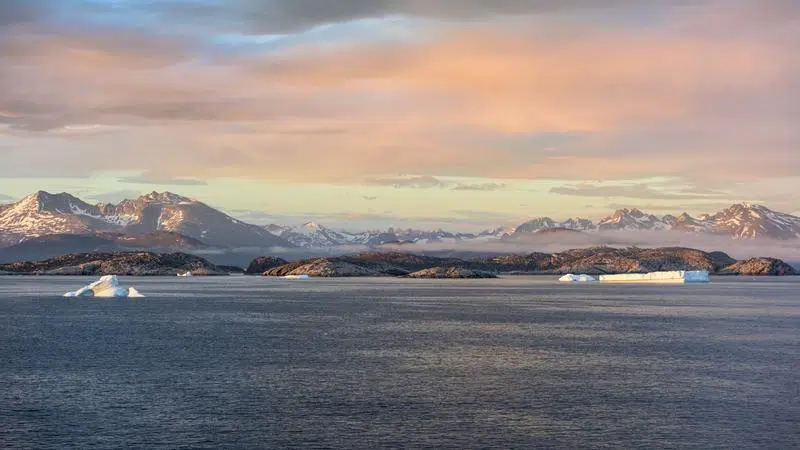
CHARBONNEAU: The migration of Canada’s Inuit to Greenland
I’M ABOARD THE OCEAN ENDEAVOUR, east of Baffin Island in the Arctic Circle, approaching Lancaster Sound. We left Kangerlussuag, Greenland ten days ago and we’re headed for the Northwest Passage.
Sailing through Arctic is tricky, so making it to our destination in Kugluktuk is not a certainty. The ship’s captain has been studying ice floe charts and with a bit of luck we’ll actually make it. Last year they didn’t. While the Ocean Endeavour is not an icebreaker, the bow is strengthened enough to plow through ice if it’s not too thick.
Along with the 168 passengers and 100 crew members, there are 33 scientists, artists, photographers and Inuit “culturists” aboard. The Inuit are from both Canada and Greenland.
We watched a 90-minute documentary by Canada’s National Film Board titled Vanishing Point. It featured one of the culturists aboard who also narrated it in Inuktitut. The film traces the trek of an Inuit band from Baffin Island to Greenland 160 years ago. It’s a compelling, yet tragic tale.


